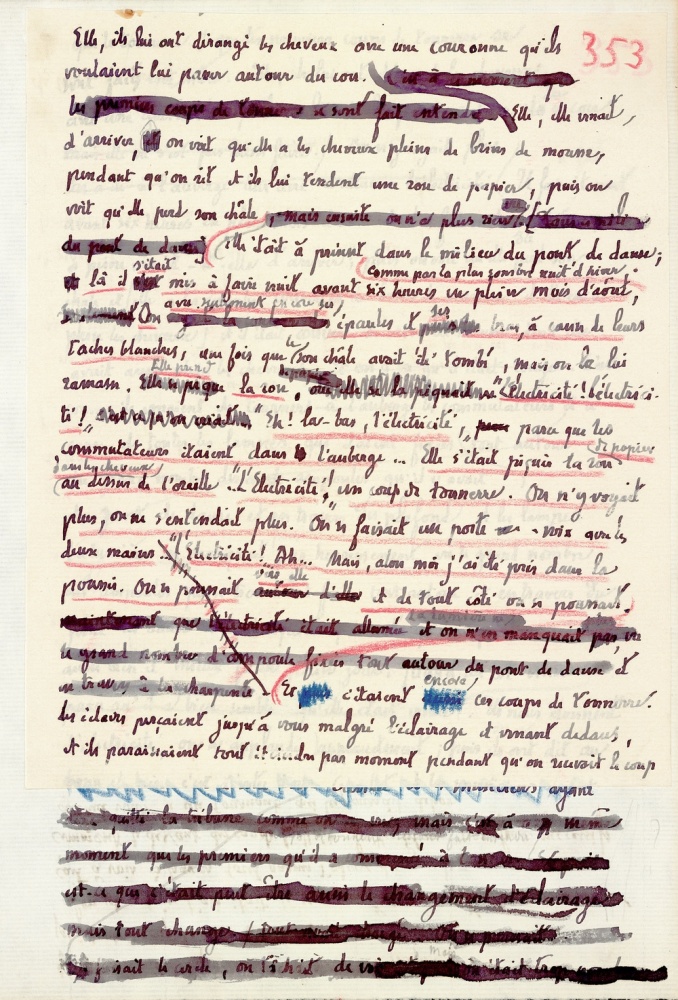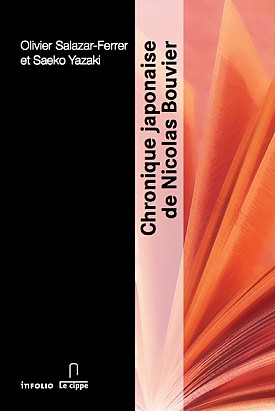La Beauté sur la terre de C. F. Ramuz
With La Beauté sur la terre published in 1927, Ramuz wrote a kind of “contemporary myth”. It is the story of Juliet, a young girl from Santiago in Cuba who, after the death of her father, is welcomed without enthusiasm on the shore of the Leman Lake by her uncle the Milliquet innkeeper. An object of desire and jealousy, Juliet is soon dismissed by her family and goes to live with an old fisherman, Rouge and disappears following Urbain, a shoemaker and accordion player. But as the character’s psychology, the plot itself is not that important : Ramuz engages most importantly with the symbolism of his heroine’s story in order to reach the problematic of beauty and of its place within human society. This questioning is built on a large network of intertextual references; it creates a constant dialog with tradition – especially classical and biblical -, and opens up a space of narrative experiment which make this book a masterpiece of the writer.



